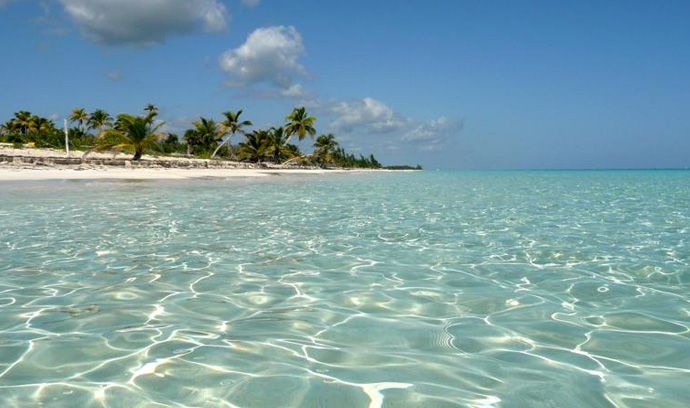Exploring the Bacalar Wonders and the Great Mayan Coast
Discover the beauty of the Mayan culture, nature, and dreamlike landscapes on this 250km route. Explore the Mayan vestiges in the south, the Bacalar area and its lagoon, and the Caribbean coast between Mahahual and Xcalak. Enjoy excellent hotels and restaurants along the way.

This route is a one-of-a-kind chance to learn about the rich culture and natural beauty of the Mayan people. Spanning almost 250 kilometers (155 miles) from Dzibanché to Xcalak, the route takes you through the majestic Mayan vestiges in the south of the state, the Bacalar area with its wonders, including the lagoon of the same name, and the Caribbean coast between Mahahual and Xcalak, recently referred to as the "Great Mayan Coast", a little-known but rapidly developing tourist destination. Along the route, there are many ways to learn about culture, nature, and dreamlike landscapes, as well as a great choice of places to stay and eat. This route follows a horseshoe-shaped path around the bay of Chetumal and is entirely paved with mostly straight roads, making it easy to navigate.




